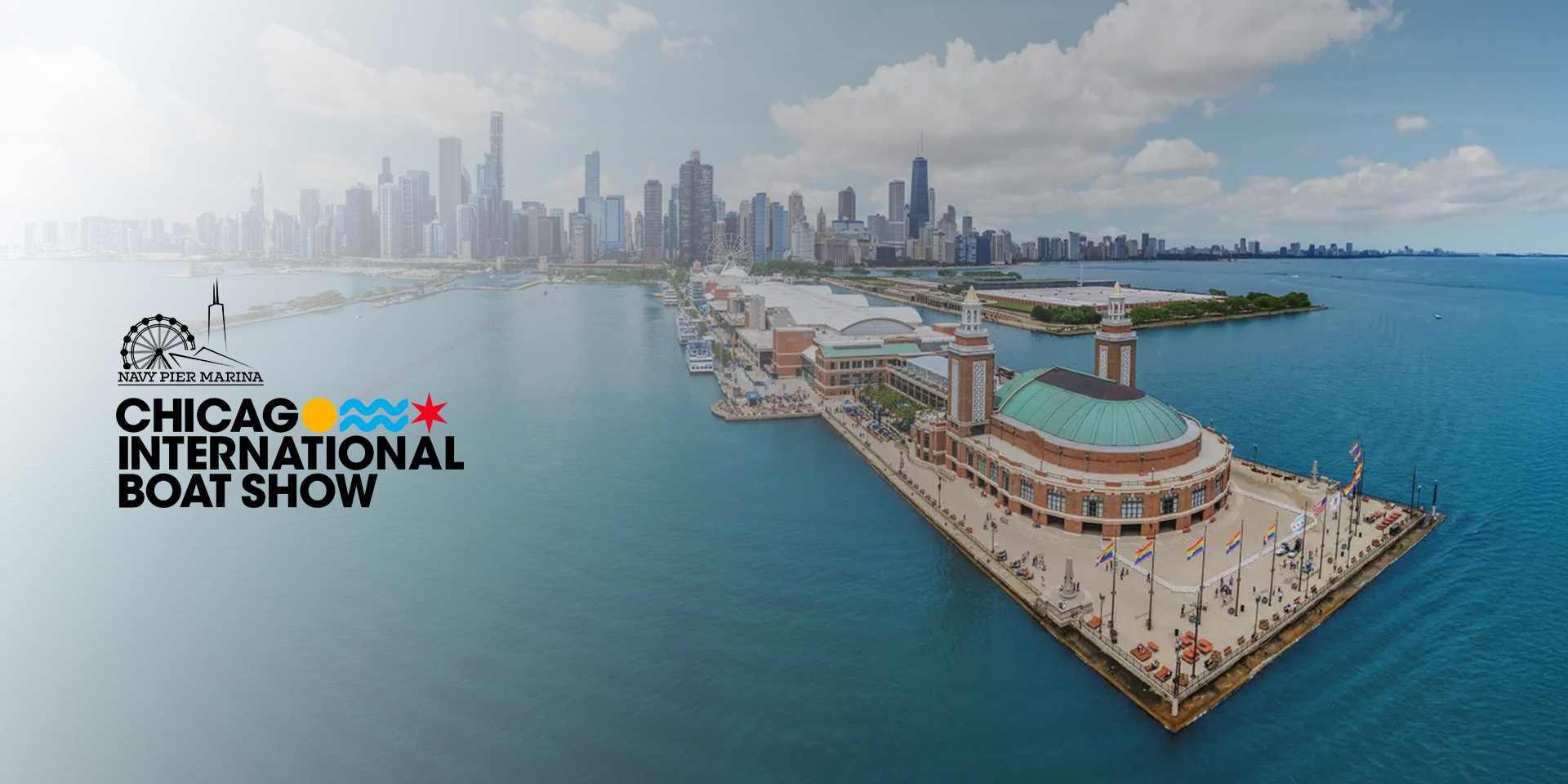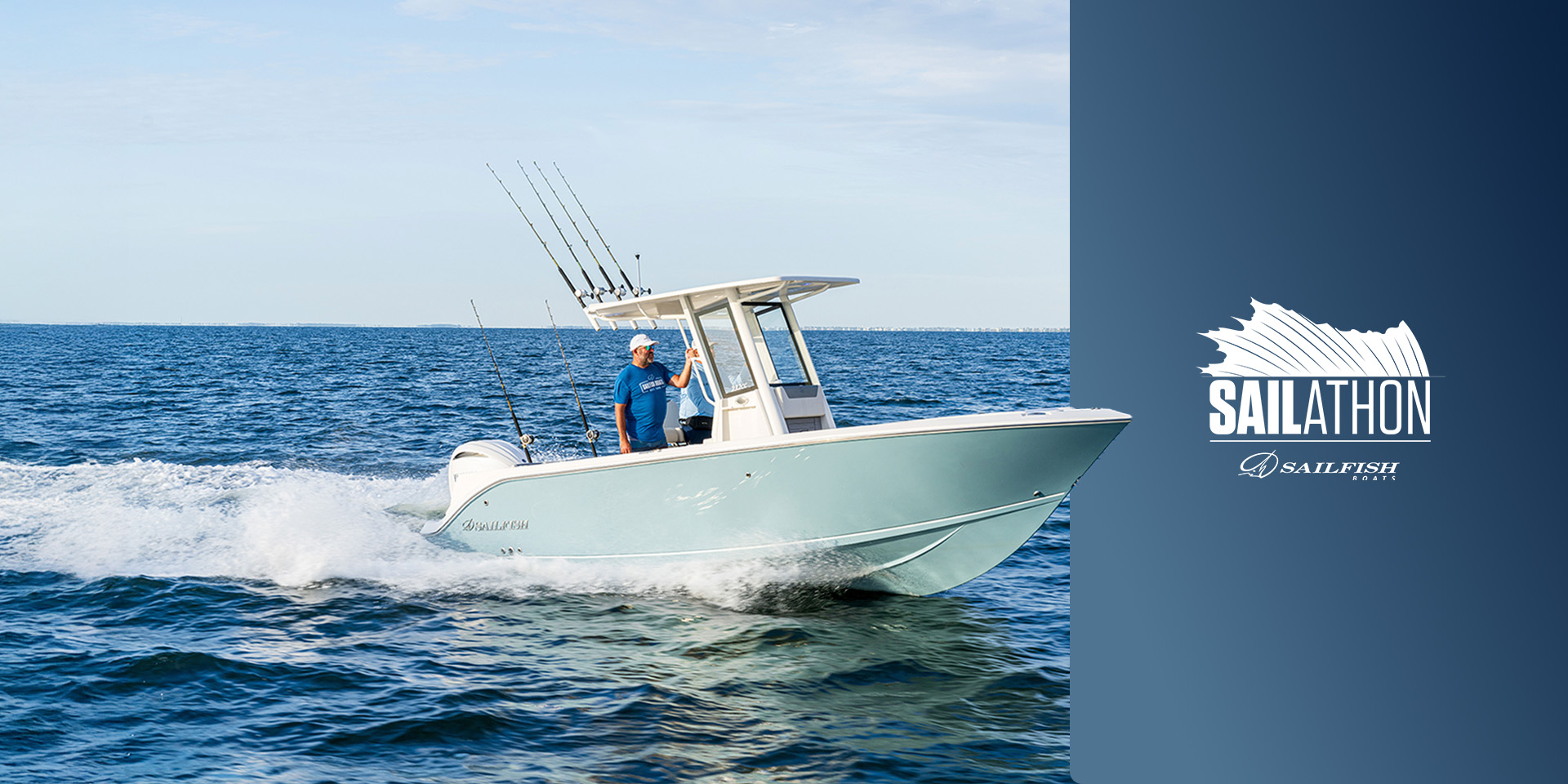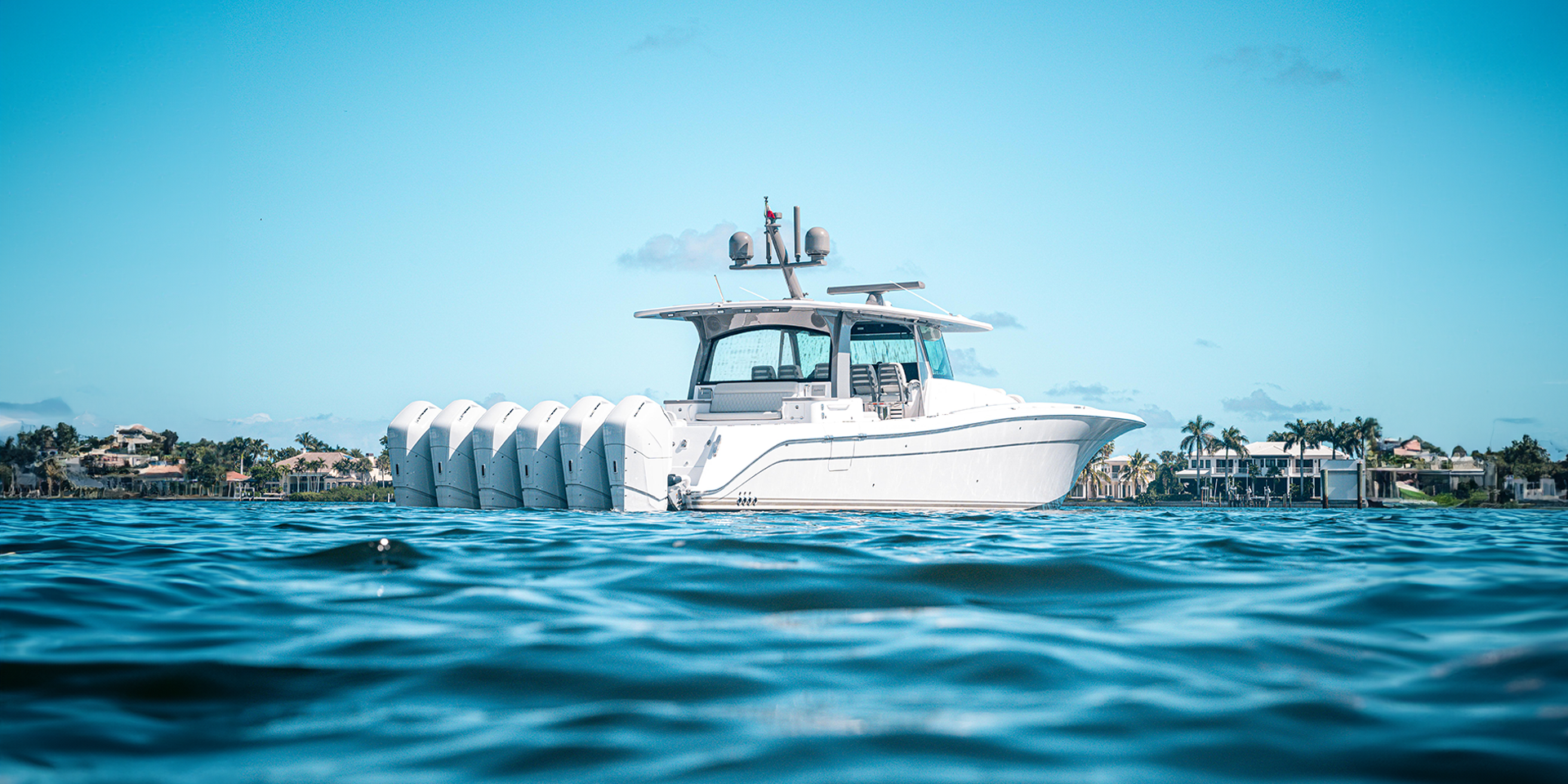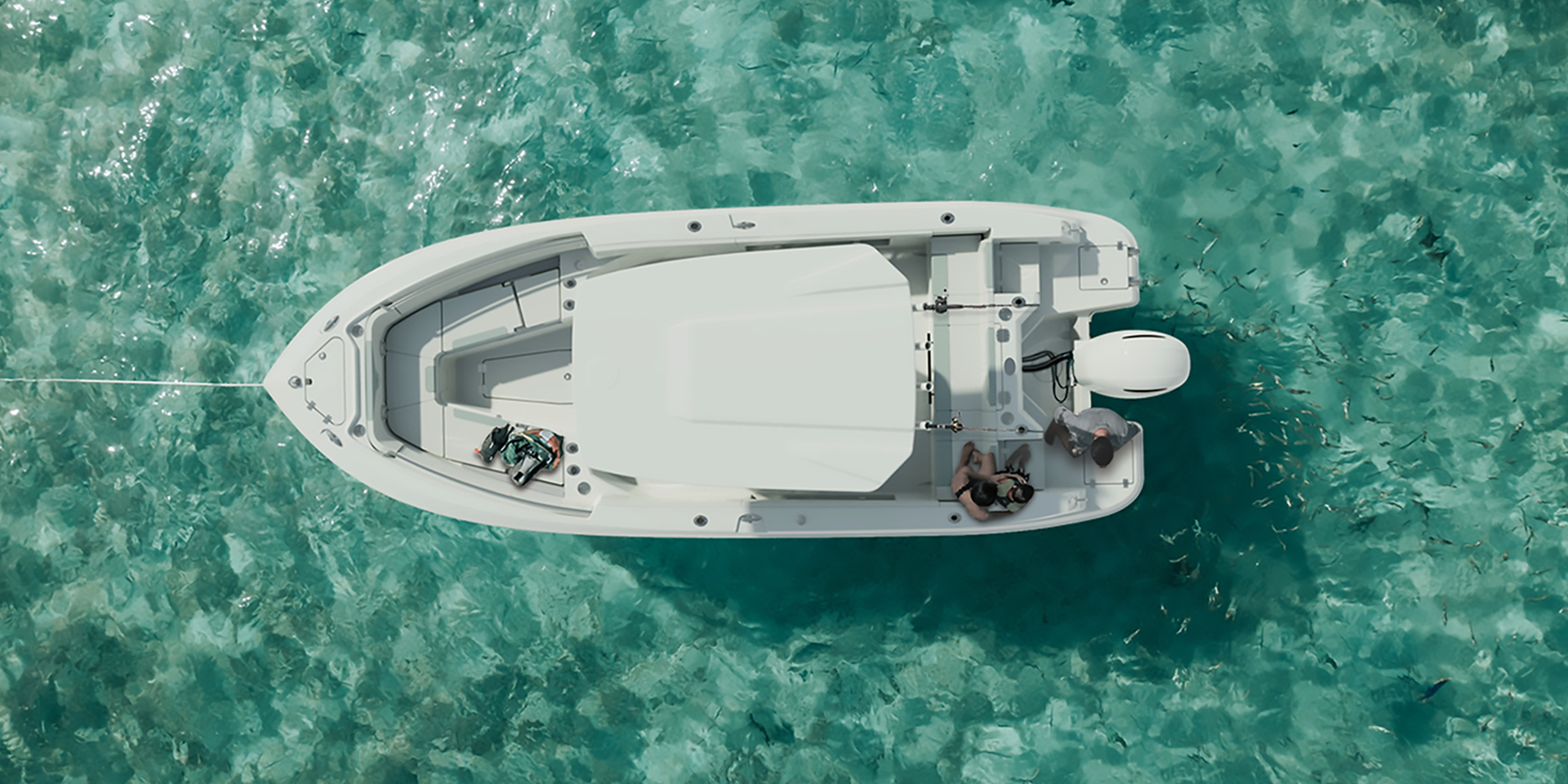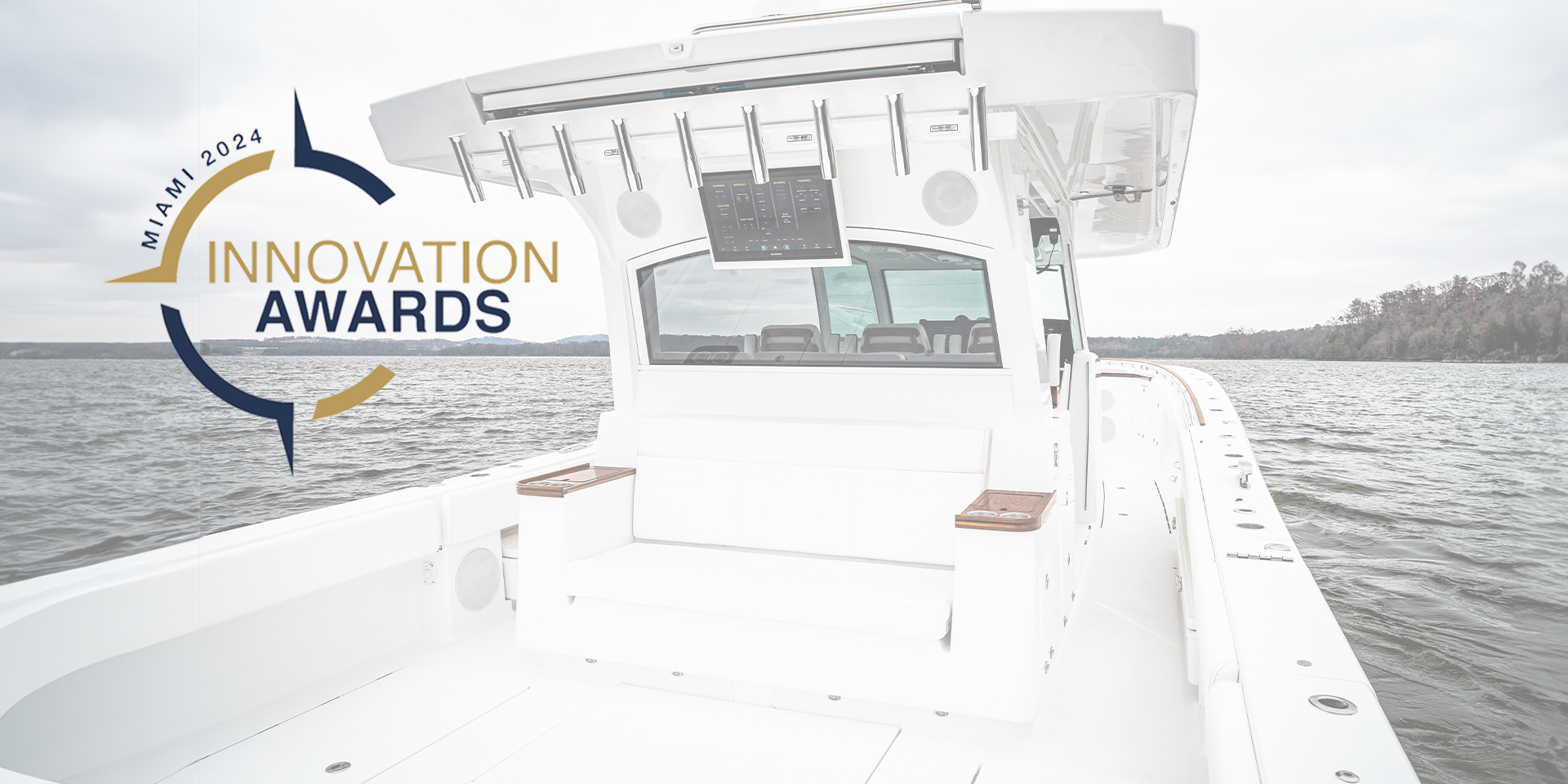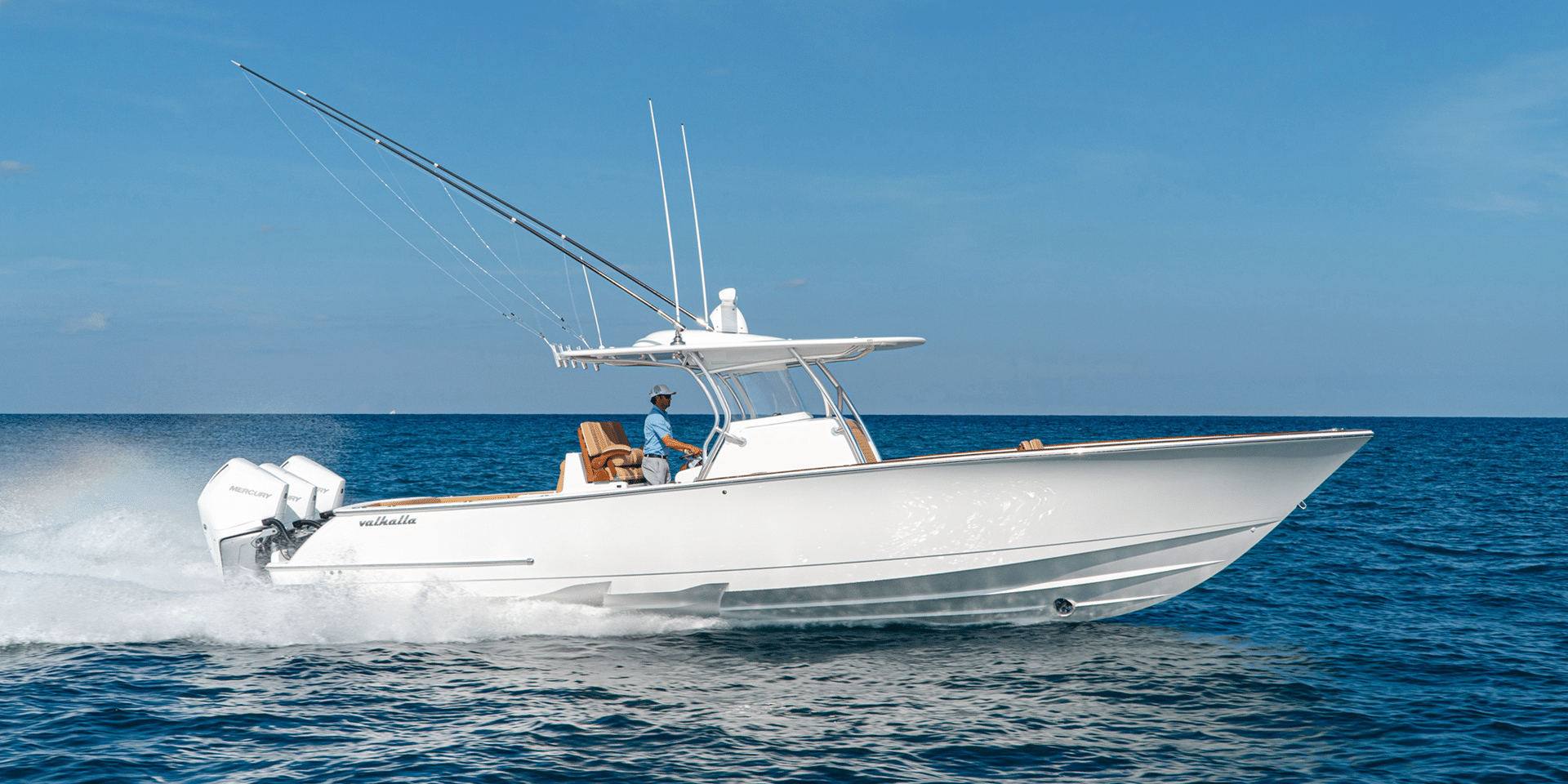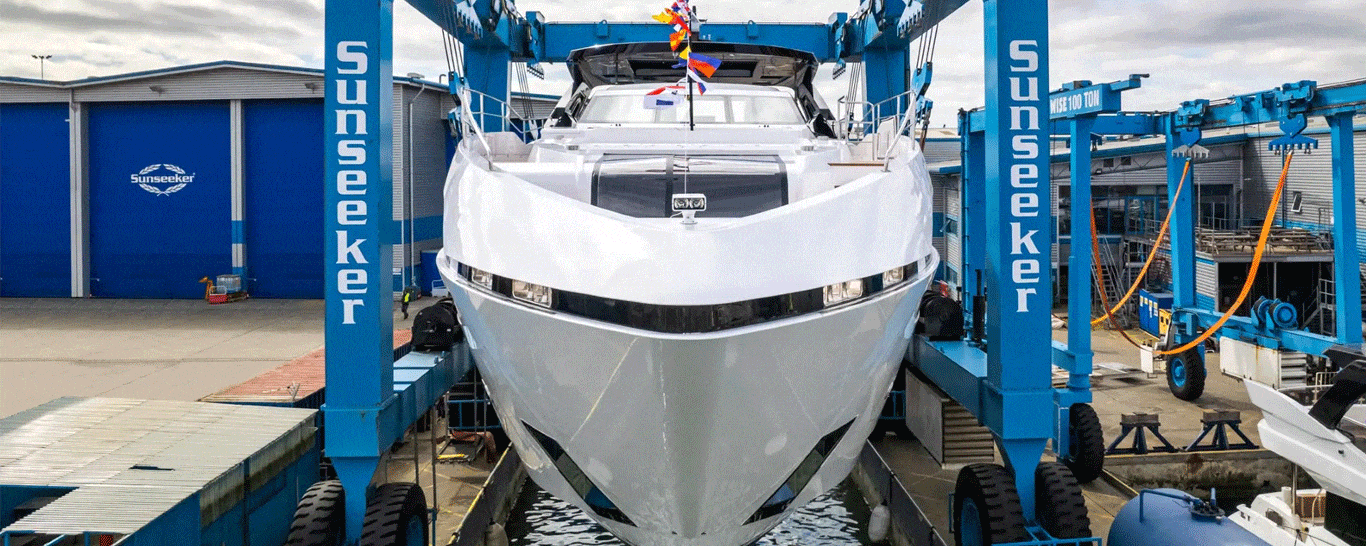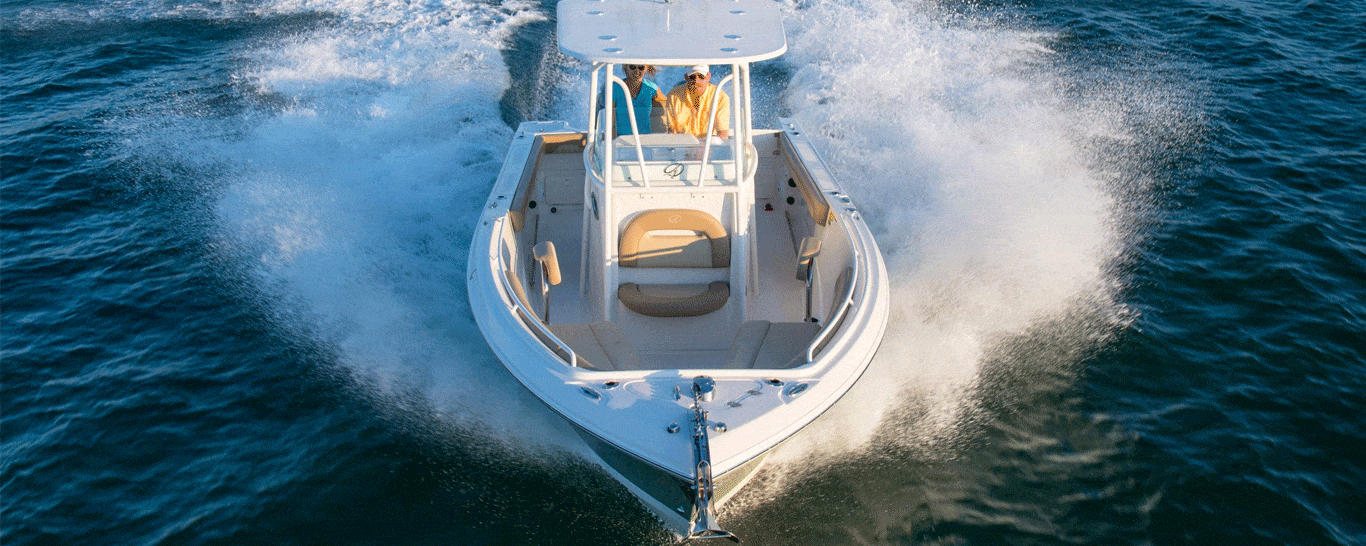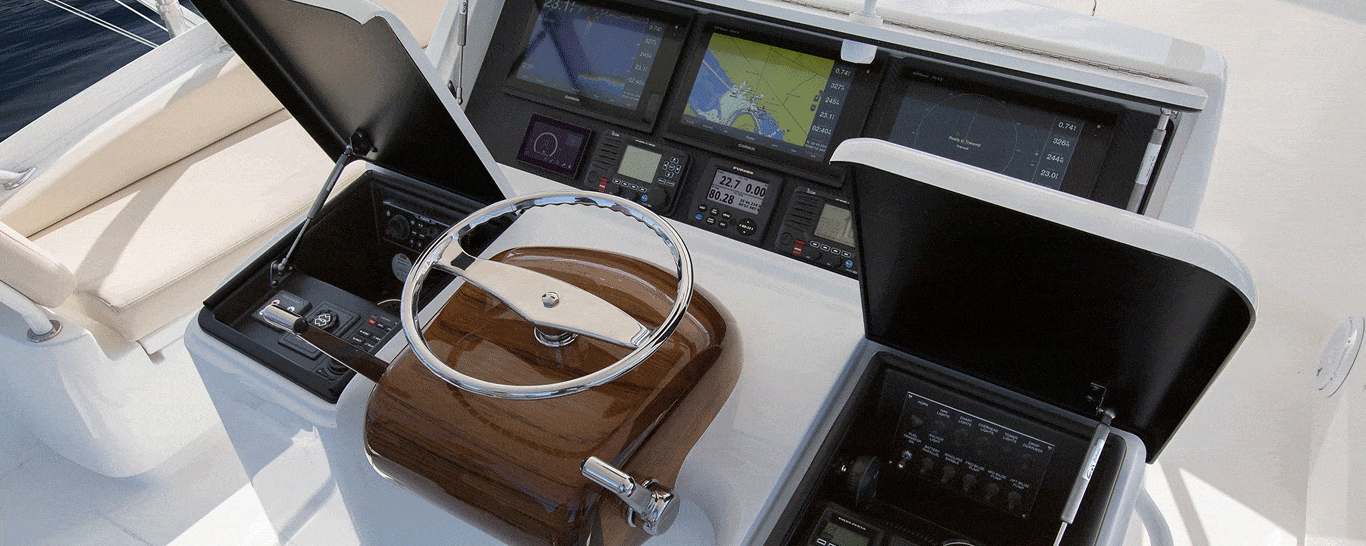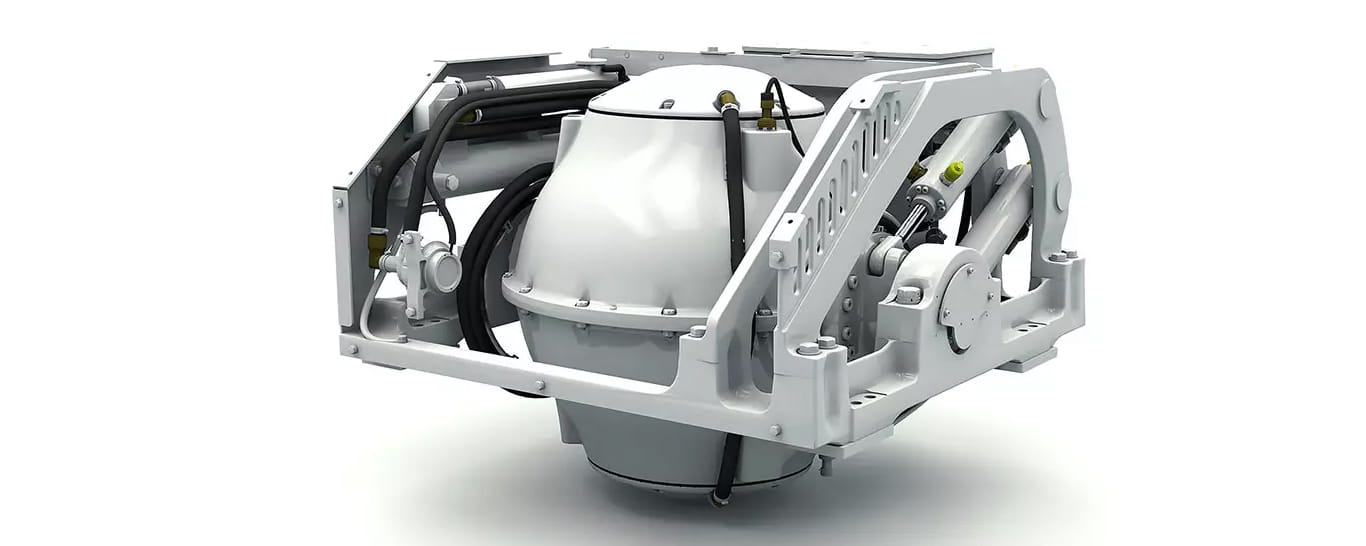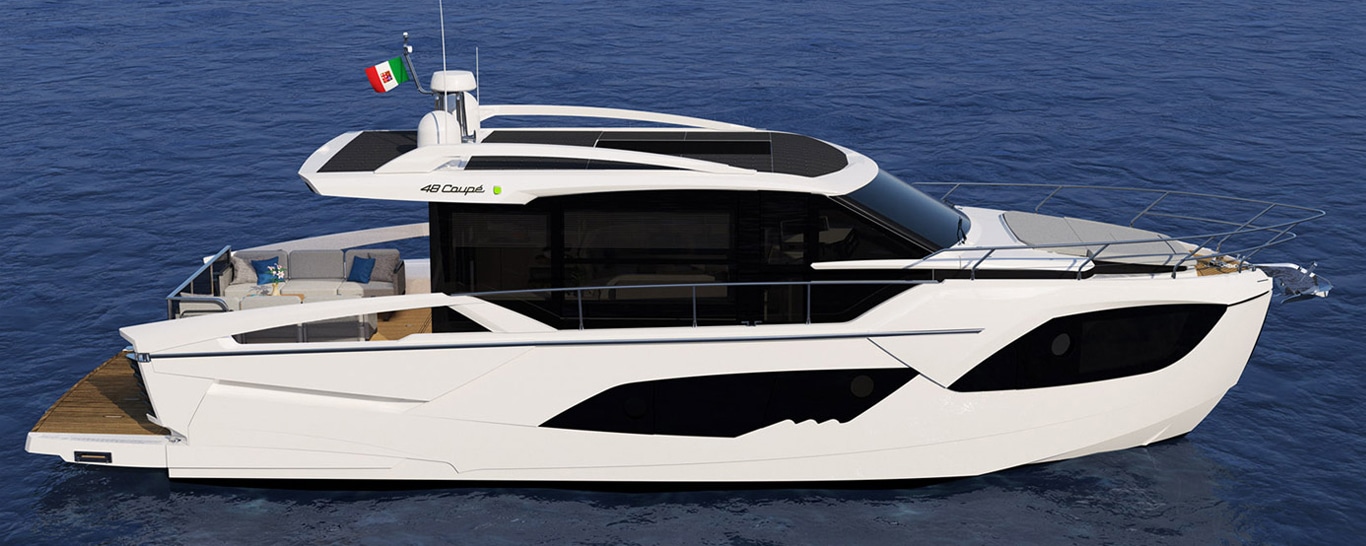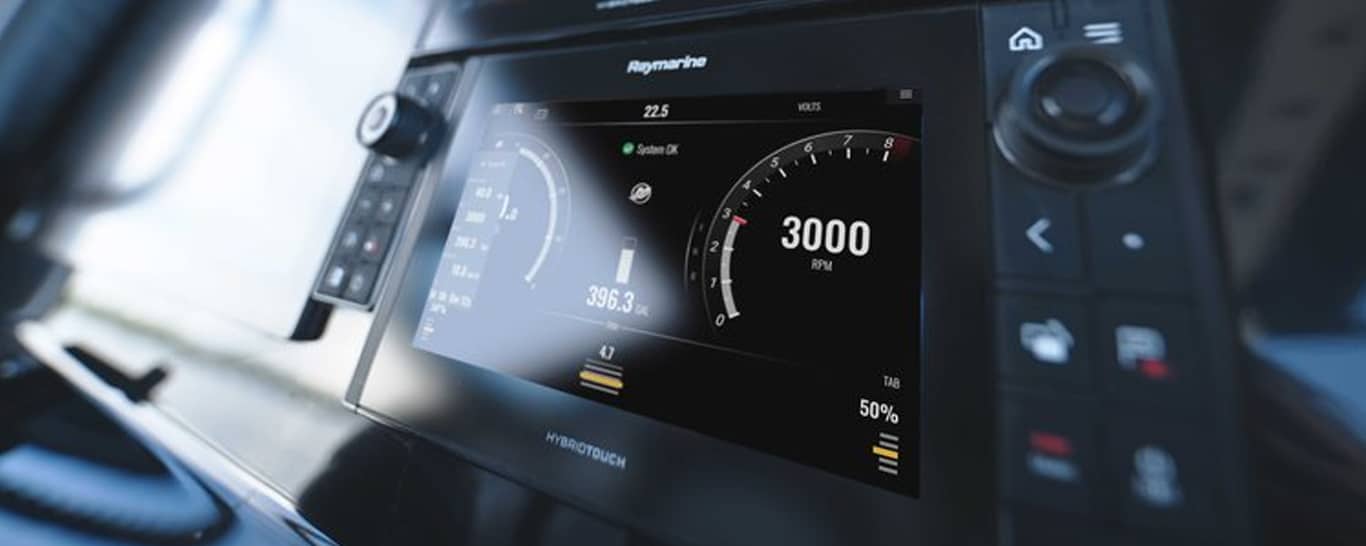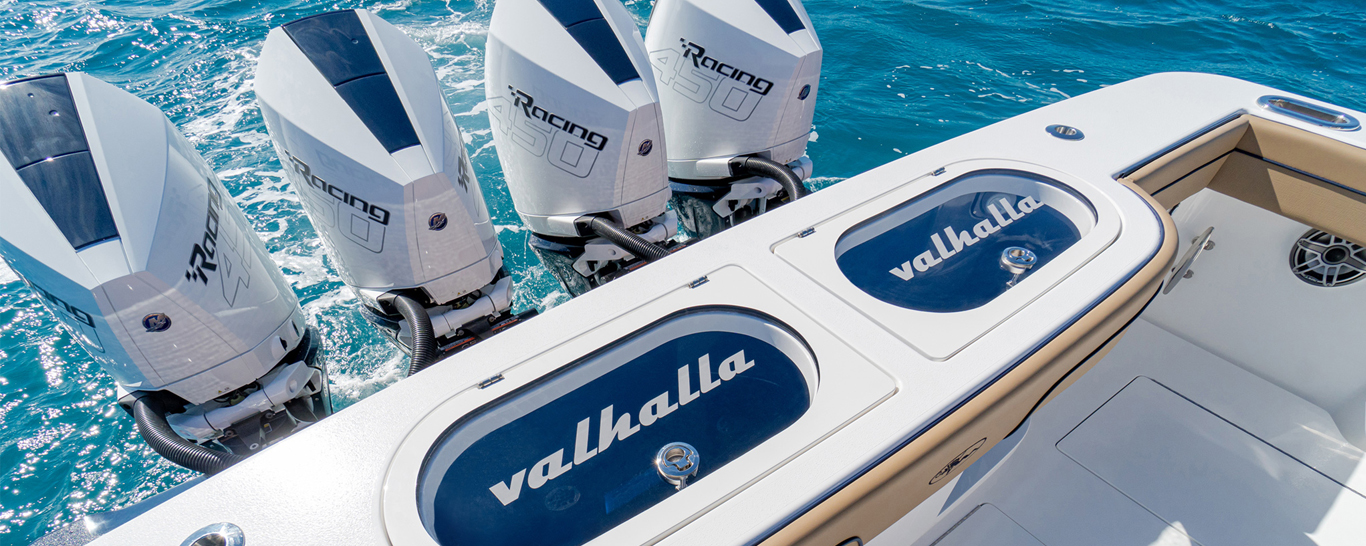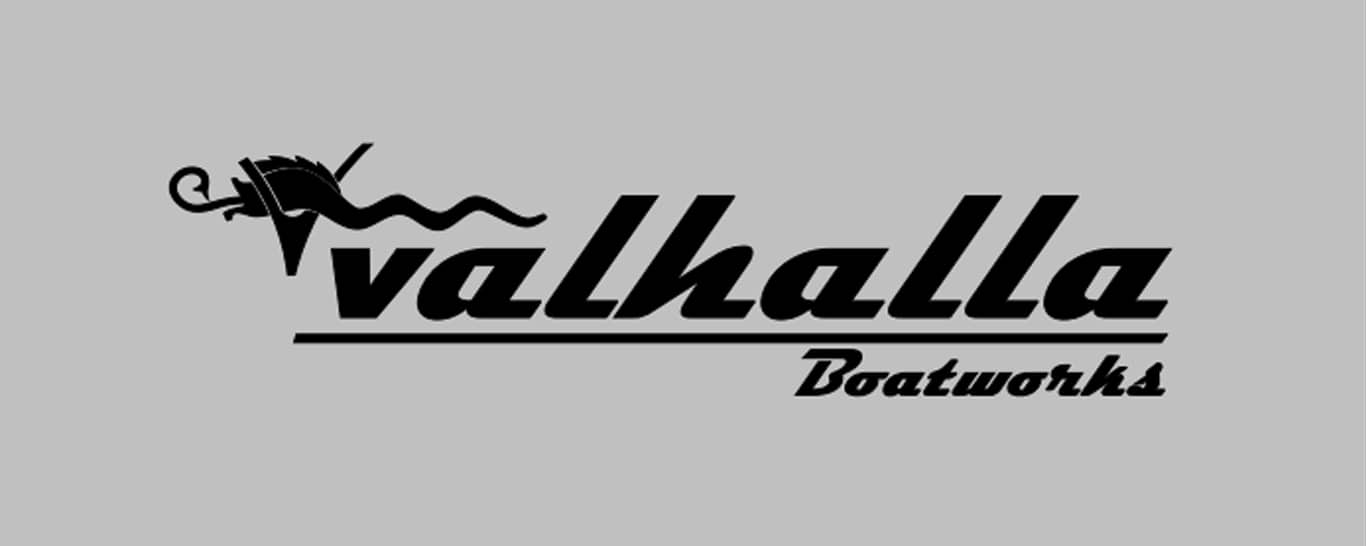Ensuring Safe Voyages: What is a Vessel Safety Check and Why You Should Get One
A vessel safety check or Vessel Safety Examination (VSE), is a voluntary program offered by the U.S. Coast Guard Auxiliary and the U.S. Power Squadrons. It is a comprehensive inspection to assess the safety and compliance of your boat with the applicable laws, regulations, and recommended practices.
The Components of a Vessel Safety Check
During a vessel safety check, examiners thoroughly examine various aspects of your boat to ensure it meets the required safety standards. The inspection covers crucial elements, including but not limited to:
• Personal Floatation Devices (PFDs): Examining the availability, condition, and suitability of life jackets for all passengers.
• Visual Distress Signals: Verifying the presence and serviceability of required visual distress signals, such as flares or signal flags.
• Fire Extinguishers: Checking the appropriate type, quantity, and condition of fire extinguishers on board.
• Navigation Lights: Confirming that all navigation lights are functioning correctly and comply with regulations.
• Ventilation: Ensuring proper ventilation systems are in place to prevent the buildup of hazardous gases.
• Sound-Producing Devices: Verifying the presence and functionality of devices like horns or whistles for signaling purposes.
• Fuel Systems: Inspecting fuel tanks, lines, and connections to detect any potential leaks or hazards.
• Overall Condition: Assessing the general condition of the vessel, including hull integrity, steering, and electrical systems.
Benefits of Getting a Vessel Safety Check
Obtaining a vessel safety check offers numerous advantages that directly contribute to the well-being and security of everyone on board:
Compliance with Regulations
By undergoing a safety check, you ensure that your vessel meets the required safety standards set forth by relevant maritime authorities. This helps you avoid potential fines and penalties for non-compliance.
Safety Enhancement
The primary objective of a vessel safety check is to improve boating safety. By having your boat inspected, you can identify any safety deficiencies or hazards that may exist and address them proactively. This promotes a safer boating experience for you, your passengers, and other boaters.
Education and Awareness
During the examination, examiners often provide valuable recommendations and educational resources to help you improve your knowledge of boating safety and emergency preparedness.
Peace of Mind
Knowing that your boat has undergone a thorough safety inspection instills confidence and peace of mind, allowing you to enjoy your time on the water without unnecessary worries.
Protection of Passengers
A vessel safety check ensures that your passengers have access to proper safety equipment, such as functional life jackets and distress signals. This can be critical in emergency situations, potentially saving lives.
Certification and Recognition
If your boat successfully passes the inspection, you may receive a certification sticker or decal to display on your vessel. This certification can demonstrate to other boaters, law enforcement officials, and marinas that your boat meets the necessary safety standards.
It’s important to note that a vessel safety check is voluntary and not a substitute for a formal Coast Guard boarding or survey. However, it provides a valuable opportunity to ensure that your boat is equipped with the necessary safety equipment and is in compliance with applicable regulations. To schedule a vessel safety inspection, you can reach out to the U.S. Coast Guard Auxiliary or the U.S. Power Squadrons, who often conduct these inspections. The process for scheduling a vessel safety check may vary depending on your location and the specific procedures of the U.S. Coast Guard district or station responsible for your area.







